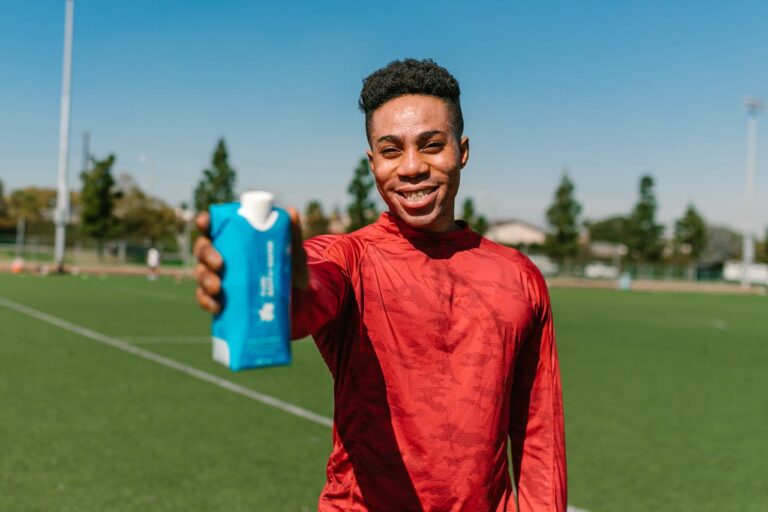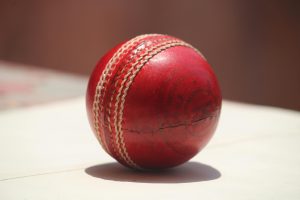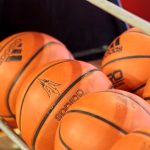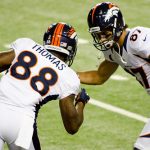College sports have experienced a shift over the past five years as the NCAA has faced several antitrust lawsuits, as well as changes in policy for the treatment of college athletes – primarily for how college athletes are paid.
Since the NCAA in 2021 officially allowed direct payments to college athletes for the use of their name, image and likeness (NIL) in endorsements, so-called booster groups have funneled NIL payments to thousands of student athletes. According to the NCAA, a booster is “a representative of athletic interests,” which can be a very broad definition, including both those who donate money to the university’s athletic organization and groups that promote the university’s athletics program. The other guidelines for NIL deals were equally vague, with the primary limitation that they follow local laws and college rules. With no requirement to report the details of these deals publicly, most have been shielded from scrutiny.
Just this year, the ground shifted yet again after an NCAA settlement allowing universities to directly pay salaries to their student-athletes.
With this change, reporters like Laine Higgins from The Wall Street Journal have adapted to cover the shifting role of booster groups and college athlete funding.
How did we get here?
According to Higgins, booster groups used to be considered “pariahs.”
In the 1980s, boosters would donate money under the table to athletes, ultimately causing scandals due to the lack of monitoring and regulation for overseeing the financial benefits that college athletes would receive.
Higgins references the Southern Methodist University and the “death penalty” they faced from the NCAA after illegal payments to athletes by its boosters. “Pony Excess” from ESPN’s “30 for 30” series details the event and its effect on college athletes.
“The boosters can’t get punished by the NCAA because they’re not under their purview, but you can punish the team,” she said. “You can have a lot of ways that the NCAA can come down, so that was sort of the threat of you better stay in line, or you better be really sneaky at breaking the rules so you don’t get caught.”
The advent of officially recognized NIL deals transformed the role of boosters and caused a major spike in the economy of college sports.
“These boosters were called on to basically fund this whole new era, and they became the most important people for the athletic departments,” Higgins said. “Because even though it wasn’t technically going through the athletic department anymore, the athletic department has a vested interest in their football team being good, so they need the boosters to pay the athletes for that to happen.”
Student athletes are able to use resources from their university to ask questions about their state’s laws, as well as use a “professional services provider for NIL activities,” according to the NCAA. One advisory rule that the NCAA permitted was that all college athletes should report their NIL activities to their university – but it wasn’t a requirement.
NIL economy remains hidden
Last year, The Washington Post submitted public record requests for information from 56 public universities to identify NIL deals. Throughout their investigation, they were rejected by 31 schools.
“What this NIL economy actually looks like has remained largely hidden, limited to sporadic anecdotes, unreliable estimates from the NIL industry and anonymous summary data compiled by the NCAA,” the article reads.
The Washington Post reported that this secrecy led to college athletes navigating an economy that often left them in the dark, just like the journalists attempting to report on it.
“A big piece of covering any beat is they always say, ‘follow the money,’” Higgins said. “But, that’s never been more true than in college sports.”
For covering NIL and college athletics, public records requests are the most optimal avenue for getting information on agreements and financial documents.
Higgins also said that her experience following the NIL decision-making by the NCAA gave her experiences outside of just sports coverage, examining lawsuits and other forms of information that a sports reporter seldom examines.
“I’ve definitely had to learn a lot more about antitrust law, and legal proceedings on this beat, than I ever expected to,” Higgins said. “In some ways, it’s a good learning experience, because if you are covering college sports right now, you’re actually a legal reporter, you’re a politics reporter. There’s lots of other areas that you’re dipping your toe into.”
NIL Go
Starting July 1, colleges are now able to directly pay student athletes, fundamentally altering the system of NIL and student benefits.
The settlement was worth $2.8 billion, and the NCAA now has to regulate funding in damages to athletes — current and former — and permit any Division 1 university to pay an athlete a cap of $20.5 million starting this upcoming school year.
While these payments are separate from scholarships and existing support for athletes, they represent a core change in the economy of college sports. Now that universities are paying athletes salaries, they will also be overseeing these NIL deals in a new program called “NIL Go.”
NIL Go is an online platform overseen by the newly formed College Sports Commission that streamlines the NIL process. It offers assistance for student athletes entering NIL deals through the athlete’s university if the deal is worth over $600. The platform is intended to help universities ensure deals reflect a fair market value and reach reasonable compensation for athletes. It also helps student athletes ensure compliance with regulations. However, as a private entity, NIL Go isn’t obliged to make any of the information public. And that means reporters like Higgins might have to keep their FOIA templates on hand.











